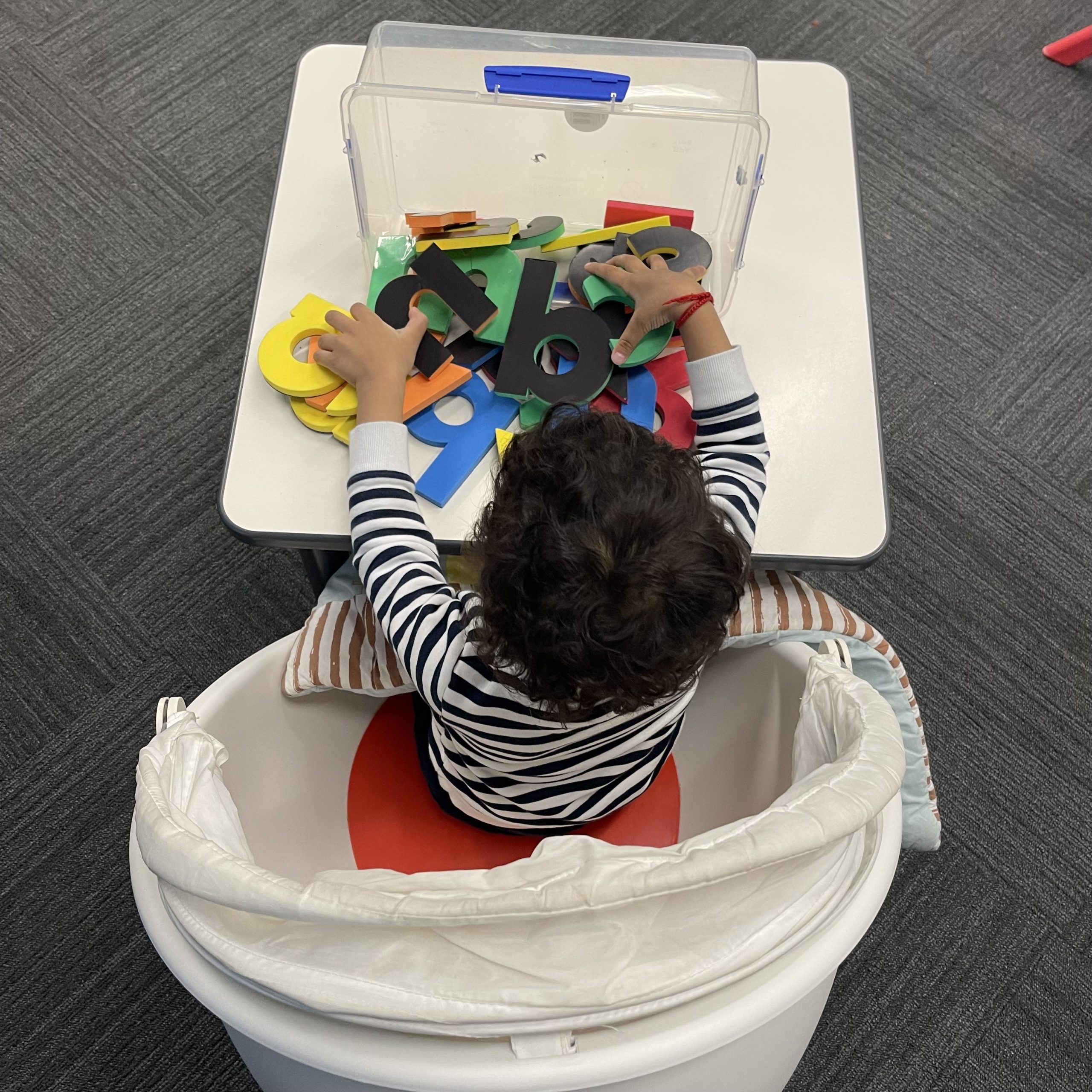
Understanding Neurodivergent Approaches for Children with Autism
A neurodivergent approach recognises that people have different kinds of brains and thinking patterns. This means understanding that autism is a natural variation in the human brain and not something that needs to be fixed. Instead of trying to make children with autism fit into a typical mold, a neurodivergent approach supports their unique ways of thinking and learning. Let’s explore what a neurodivergent approach is and how it can help children with autism.
What Does Neurodivergent Mean?
The term “neurodivergent” includes people whose brains work differently than what is considered typical. This includes people with autism, ADHD, dyslexia, and other conditions. The idea is that these differences are natural and valuable. Neurodiversity is about celebrating these differences and finding ways to support each person’s unique strengths and challenges.
Understanding Autism
Autism, or Autism Spectrum Disorder (ASD), affects how a person communicates, interacts, and behaves. Children with autism might have trouble understanding social cues, have specific interests, or show repetitive behaviors. Every child with autism is different, so their needs and abilities can vary widely.
Key Principles of a Neurodivergent Approach
- Acceptance: Accepting that autism is a part of who the child is and not something to be cured. This means valuing the child’s unique perspective and ways of thinking.
- Strengths-Based: Focusing on the child’s strengths and abilities rather than just their challenges. By building on what they can do well, children can develop confidence and new skills.
- Individualised Support: Recognising that each child with autism is different and tailoring support to meet their specific needs.
- Inclusive Environment: Creating an environment that includes and supports children with autism, allowing them to participate fully in school, family life, and the community.
- Collaboration: Working together with families, teachers, and therapists to provide consistent support for the child.
How a Neurodivergent Approach Helps Children with Autism
A neurodivergent approach can be very beneficial for children with autism. Here’s how it can help:
- Improved Communication: By focusing on the child’s preferred ways of communication, whether it’s through speech, gestures, or technology, a neurodivergent approach helps improve their ability to express themselves.
- Better Social Skills: Instead of forcing children to socialise in a typical way, this approach helps them develop social skills that work for them. This can include teaching them to recognise social cues in a way that makes sense to them.
- Enhanced Learning: By using the child’s interests and strengths as a foundation for learning, they can engage more deeply with educational material. For example, if a child loves trains, incorporating trains into math lessons can make learning more enjoyable and effective.
- Reduced Anxiety: Children with autism often experience anxiety. A neurodivergent approach reduces this by creating a supportive and understanding environment, minimising stress and helping them feel more comfortable.
- Building Independence: Teaching children skills that promote independence, such as self-advocacy and problem-solving, helps them become more self-reliant and confident.
Strategies in a Neurodivergent Approach
Here are some strategies that can be used in a neurodivergent approach:
- Visual Supports: Using pictures, charts, and other visual aids to help children understand and follow routines.
- Sensory-Friendly Spaces: Creating spaces that accommodate the child’s sensory needs, such as quiet areas or sensory-friendly classrooms.
- Interest-Based Learning: Incorporating the child’s interests into learning activities to keep them engaged and motivated.
- Flexible Communication Methods: Using a variety of communication methods, such as sign language, picture exchange systems, or speech devices, to support the child’s preferred way of communicating.
- Positive Reinforcement: Encouraging desired behaviours by using positive reinforcement, such as praise, rewards, or other incentives.
The Role of Families and Educators
Families and educators play a crucial role in a neurodivergent approach. Here’s how they can support children with autism:
- Learning About Autism: Understanding autism and the child’s specific needs helps families and educators provide better support.
- Creating a Supportive Environment: Making changes at home and in the classroom to create a more inclusive and supportive environment.
- Advocating for the Child: Speaking up for the child’s needs and ensuring they receive the support and accommodations they need.
- Collaborating with Professionals: Working with therapists, doctors, and other professionals to develop and implement strategies that help the child.
- Encouraging Independence: Teaching and encouraging the child to develop skills that promote independence and self-advocacy.
